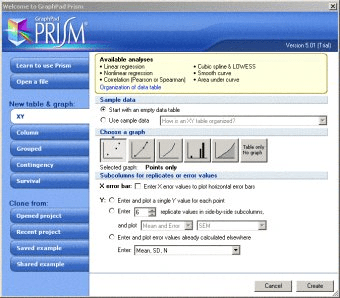
Cell volume was only weakly associated with rRNA GCN (20–22% variance explained across dinoflagellates, 4% in Gonyaulacales). Despite up to 30 years in laboratory culture, rRNA CNV and genome size variability were not correlated with time in culture. Within the population CNV of rRNA was 2 orders of magnitude (10 5 – 10 7 cell −1) in 15 isolates from one population, demonstrating that quantitative data based on rRNA genes needs considerable caution in interpretation, even if validated against locally isolated strains.

Genomic copy numbers (GCN) of rRNA varied by 6 orders of magnitude amongst Alexandrium (10 2– 10 8 copies cell −1) and were significantly related to genome size. pacificum, 130 ± 1.3 pg cell −1 /~127 Gbp) in the largest size category of any eukaryote. Genomes varied up to threefold within species and ~7-fold amongst species, with the largest ( A. Here, we quantify CNV of rRNA and a gene involved in Paralytic Shellfish Toxin (PST) synthesis ( sxtA4), in 51 strains of 4 Alexandrium (Dinophyceae) species. CNV may be particularly relevant to functional genes, impacting dosage and expression, yet little is known of the scale and role of CNV in microbial eukaryotes.

The application of meta-barcoding, qPCR, and metagenomics to aquatic eukaryotic microbial communities requires knowledge of genomic copy number variability (CNV).


 0 kommentar(er)
0 kommentar(er)
